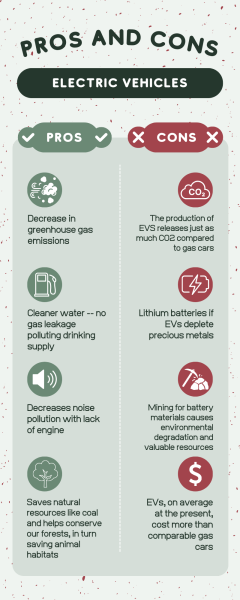Indian Point Decommission Raises Health Concerns on the Release of Radioactive Wastewater on the Hudson River

HUDSON VALLEY, NY (May 16, 2023) – Holtec International is heading the decommissioning plan for the Indian Point nuclear plant, which may cause harm to life in the Hudson River and residents of the surrounding counties. The plan is raising attention across the Hudson Valley as potential carcinogens are set to be dumped in the local river.
According to the U.S. Energy Atlas, nuclear power provided the second-largest share of New York’s in-state electricity generation, supplying approximately one-fourth of the state’s electricity in 2021. Indian Point, one of New York’s four nuclear plants (Fitzpatrick, Gina, and Nine Mile Point), accounted for almost two-fifths of the state’s nuclear-generating capacity in 2019. After 65 years of providing electricity safely to the region, Indian Point, a three-unit nuclear power plant in Buchanan, New York went permanently offline in April 2021. Holtec International, an energy industry company founded in Mount Laurel, New Jersey, and based in Florida, purchased the plant in May 2021. A deal that allowed the power plant to enter immediate decommissioning. The decommissioning plan, originally set for August 2023, involves discharging one million gallons of radioactive wastewater into the Hudson River, which concerns the Hudson Valley communities. The potential environmental and public health impacts will affect public resources, including such as drinking water and the Hudson River’s wildlife.
Decommissioning is the process by which nuclear power plants are safely retired from service. This involves decontamination of the facility to decrease the amount of residual radioactivity, dismantling the structure, and removal of contaminated materials to the appropriate facilities for disposal. As the nuclear plant undergoes the decommissioning process, security is enforced to safeguard the facility until all the nuclear fuel has been completely removed from the site. The water that will be discharged from the plant contains tritium, a radioactive form of hydrogen that is a byproduct of nuclear fission. According to the National Institute of Health, tritium decays by giving off beta particles, which has the potential to damage cells or DNA if ingested. Ingestion of high levels of tritium has been linked to cancer. Pregnant women and children are the most vulnerable to complications from coming into contact with tritium.
Holtec International, the company that owns the nuclear plant, and that will be executing the decommissioning plan, claimed that dumping the wastewater into the river is the “best option” for handling the remnants of radioactive chemicals. The concentrations of tritium released will be below the level required by federal standards. Despite this, some environmental groups still believe that those standards are insufficient to protect the Hudson River and its surrounding communities. Dr. Zion Klos, a professor of environmental science at Marist College, said that most chemical issues in the Hudson don’t actually show up from people breathing or being exposed to that chemical. Most of it is from bioaccumulation in animals, particularly fish that people eat. There is a good population of people that don’t just fish for sport, but also fish to supplement their income and their diet.
Activist groups in the Hudson Valley, including Riverkeeper, a non-profit environmental organization dedicated to the protection of the Hudson River, are pushing for alternative methods of disposal that don’t involve the introduction of waste into the Hudson River. There are two viable alternatives, but they also come with their own downsides: transferring the radioactive waste to an alternate site, or storing the chemicals at Indian Point and allowing them to decay over time. Containing the radioactive waste onsite at Indian Point poses a threat of danger to the area close to the plant, and storing the chemicals onsite will also be very expensive. “If you kept it on site, you may have issues with it getting into the groundwater,” Dr. Klos said. “There’s always a risk of it getting into the groundwater and drinking water options.” He also explained that shipping the waste comes with the risk of spills and accidents during transport, which could release higher levels of tritium into other communities. The chemicals could end up in “someone else’s backyard,” as Dr. Klos put it, which calls into question issues about environmental justice and why it is acceptable to expose other communities to potential health dangers over Hudson Valley communities.
The projected date of the first release of the wastewater is in September 2023. Other batch releases that are estimated to hold an estimated 18,000 gallons each, are tentatively scheduled for June and April 2024, and August 2025. The current pause from the original timeline of August will give the state time to independently test and verify the contents of the water before the initial release in September.
Your donation will promote student journalism at Hen Hud.

Zachary “Zac” or "ZZ" Zalamea is a Senior at Hen Hud. This is his second year as an Anchor writer. He has been with the boy’s soccer varsity team...











